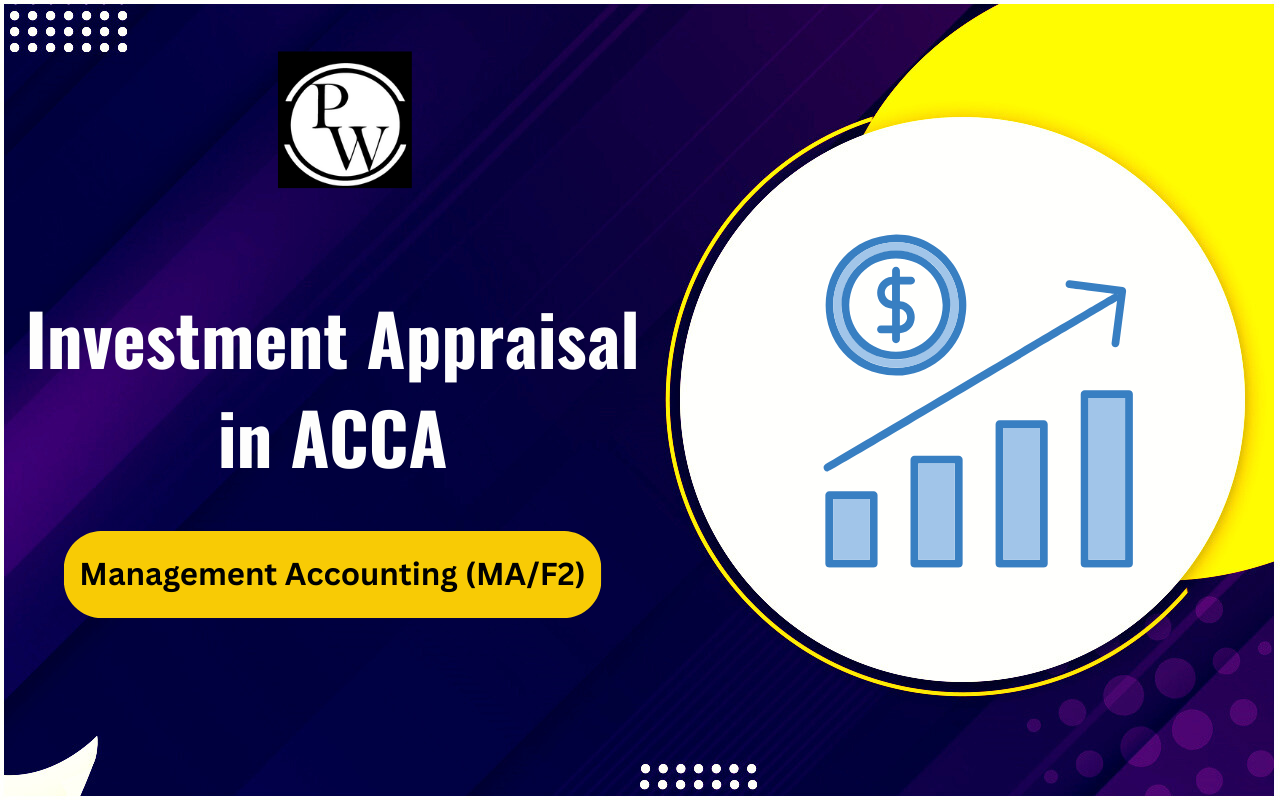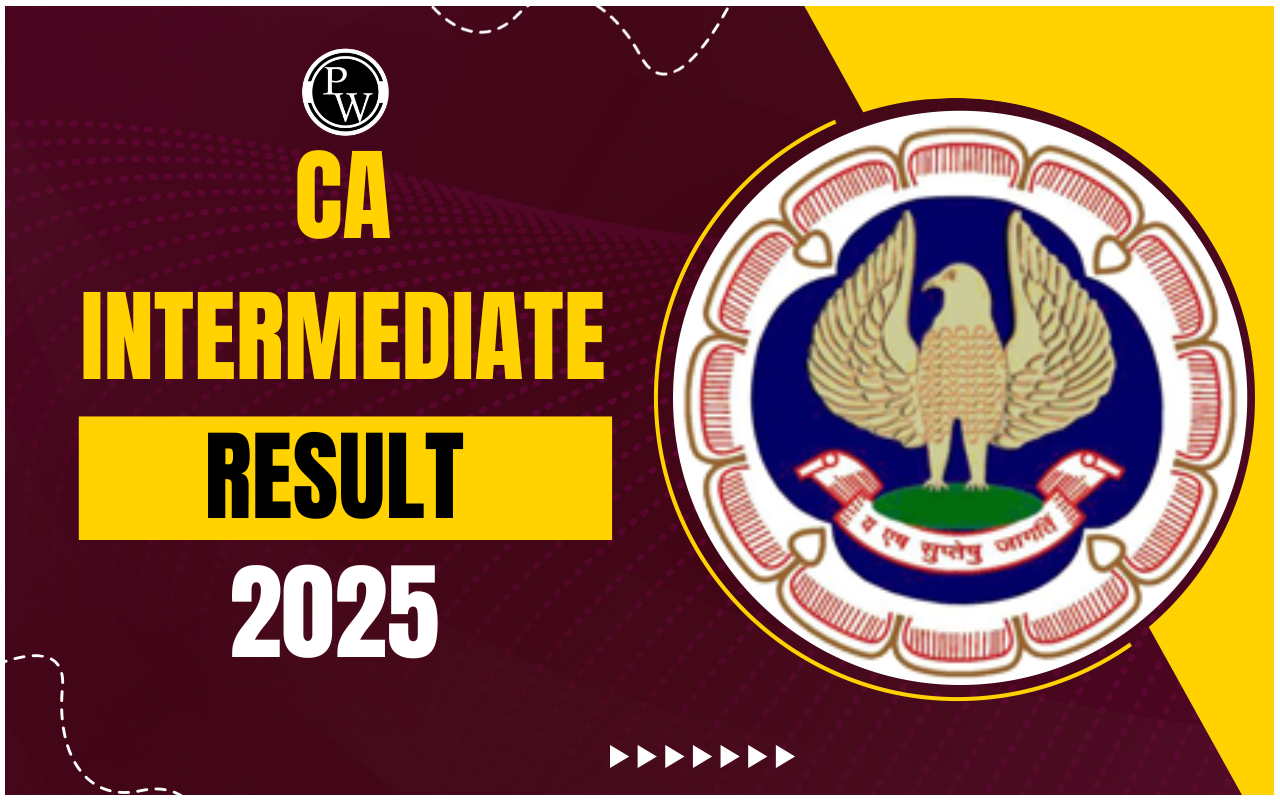
CA Inter Accounting Standards: When a business grows, it may open branches in other countries. These branches are called foreign branches. To record their transactions and prepare final accounts, special rules are used. These rules come under the CA Inter Accounting Standards. Another important area is consolidation. It means combining the accounts of a parent company and its subsidiaries. Both foreign branch accounting and consolidation are part of Paper 1 consolidation topics in the CA Inter exam. Below, we’ve explained these concepts in simple language.
CA Inter Accounting Standards
CA Inter Accounting Standards cover many topics that guide how accounts should be prepared. Among them, AS 11 is very important for foreign branch accounting. It deals with the effects of changes in foreign exchange rates.
Students preparing for Paper 1 consolidation should focus on how these standards apply to foreign branches and consolidated accounts. The CA Inter Accounting Standards help ensure that accounts are prepared in the same way by all enterprises. This brings clarity and uniformity.
Foreign Branch Accounting
Foreign branch accounting is used when a company in India has a branch outside India. The transactions of the foreign branch are recorded in foreign currency. But the head office in India prepares accounts in Indian Rupees. So, these foreign transactions must be converted into Indian Rupees. This is where AS 11 becomes important. It explains how to convert foreign currency transactions into Indian currency.
In the CA Inter Accounting Standards, foreign branch accounting teaches students how to handle this conversion. The rules depend on whether the branch is considered an integral foreign operation or a non-integral foreign operation. In the case of integral operations, most items are converted at the exchange rate prevailing on the transaction date. For non-integral operations, different rules are applied. Understanding this is very important for Paper 1 consolidation.
AS 11 and Its Role
AS 11 is the Accounting Standard that deals with the effects of changes in foreign exchange rates. It explains how to treat transactions that involve foreign currency and how to present such transactions in financial statements.
Key Points of AS 11:
- Transactions in foreign currencies must be recorded initially at the exchange rate on the date of the transaction.
- At the balance sheet date, monetary items in foreign currency (like cash, receivables, payables) must be converted using the closing rate.
- Non-monetary items (like inventory or fixed assets) should be recorded at the historical exchange rate when acquired.
- Any gain or loss arising from changes in exchange rates is recognized in the profit and loss account unless the gain or loss relates to certain qualifying assets.
AS 11 helps accountants handle the complexity that arises because exchange rates change every day, and this affects the value of the foreign branch's assets and liabilities when converted into Indian rupees.
Consolidation of Accounts
Consolidation means combining the financial statements of a parent company and its subsidiaries. It is an important part of the CA Inter Accounting Standards. When a company controls another company, it prepares consolidated accounts. These accounts show the financial position of the entire group as if it were a single entity. This is tested under Paper 1 consolidation.
For consolidation, first, the individual accounts of the parent and subsidiaries are prepared. Then, adjustments are made for intra-group transactions. For example, if the parent company sold goods to its subsidiary, such transactions are eliminated during consolidation. Similarly, unrealized profits are also removed. This ensures that only outside transactions are shown in the consolidated accounts.
Foreign Branch in Consolidation
When a company has a foreign branch, foreign branch accounting must be completed first. Once the accounts are converted into Indian currency using AS 11, they are added to the head office accounts. Later, these accounts are consolidated with the subsidiary accounts if any. This process is explained in the CA Inter Accounting Standards and is a key part of Paper 1 consolidation.
The rules of AS 11 apply while converting branch accounts. After conversion, consolidation adjustments are made. This step is important because the consolidated financial statements must reflect the complete financial position of the group.
Importance of CA Inter Accounting Standards in Foreign Branch Accounting
The CA Inter Accounting Standards give clear rules to students about how to handle foreign branches. These standards provide the framework for applying accounting rules in foreign operations and make the subject easier to understand.
- They explain how to treat integral and non-integral foreign branches.
- They guide the correct use of AS 11 while converting foreign transactions.
- They ensure proper inclusion of foreign branch accounts in Paper 1 consolidation.
- They help maintain uniformity in financial reporting across different branches.
- They prepare students to handle exam questions with accuracy.
- They also build the foundation for solving real-life accounting problems.
Importance of Consolidation in CA Inter Accounting Standards
Paper 1 consolidation under the CA Inter Accounting Standards is very important. It teaches students how to prepare group accounts. It also explains how to eliminate intra-group balances and transactions. Students must also know how to treat minority interests and goodwill while preparing consolidated accounts. All these concepts are important to pass Paper 1 consolidation.
Application of AS 11 in Practice
In practice, AS 11 is applied whenever there is a foreign transaction. For example, if a foreign branch buys machinery in its local currency, the cost must be converted to Indian currency using the exchange rate on the date of purchase. If there are any outstanding balances, they are converted using the closing rate. The changes in rates are shown as exchange gains or losses. This ensures accuracy in accounts.
CA Inter Accounting Standards require students to solve questions based on such situations. Foreign branch accounting examples often test these conversions. In Paper 1 consolidation, such adjustments are also included.
Challenges in Foreign Branch Accounting and Consolidation
Students preparing for the CA Inter Accounting Standards face some challenges. First, they must identify whether the branch is integral or non-integral. Second, they must apply the correct exchange rate as per AS 11. Third, while preparing Paper 1 consolidation, they must eliminate intra-group transactions correctly. Mistakes in any step can lead to wrong answers.
Tips to Study Foreign Branch Accounting and Consolidation
Studying these topics can feel tough, but following some simple tips makes them easier to manage and understand.
- Read the CA Inter Accounting Standards carefully.
- Practice questions on AS 11 often.
- Prepare notes on integral and non-integral foreign branches.
- Revise Paper 1 consolidation adjustments regularly.
- Solve past year exam questions for better clarity.
- Discuss tricky problems with peers or teachers.
- Revise key terms before attempting mock tests.
Foreign branch accounting and consolidation are very important topics in the CA Inter Accounting Standards. AS 11 plays a key role in handling foreign exchange differences. Paper 1 consolidation helps students learn how to prepare group accounts. By practicing these topics, students can score well on exams. The knowledge of CA Inter Accounting Standards also helps in future professional life. Both foreign branch accounting and consolidation prepare students for real challenges in accounting.
CA Inter Accounting Standards FAQs
What is the role of the CA Inter Accounting Standards in foreign branch accounting?
Why is AS 11 important in foreign branch accounting?
What is the difference between integral and non-integral foreign branches?
What does consolidation mean in the CA Inter Accounting Standards?
How can students prepare better for Paper 1 consolidation?









